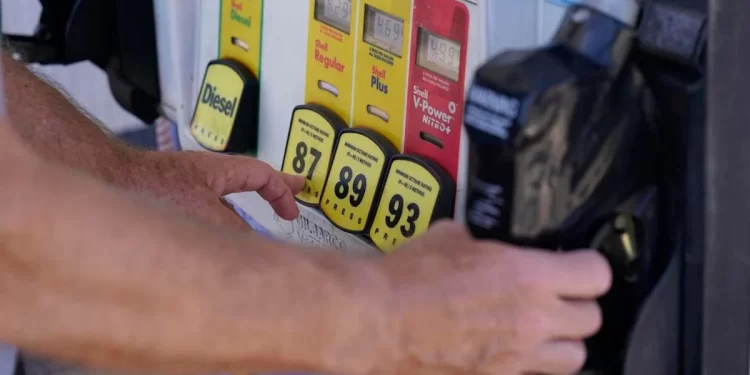By Anthony Hennen | The Center Square
(The Center Square) – As gas prices rose nationally for 10 days straight, the average price for a gallon of gas in Pennsylvania has surpassed $5.
And rising prices aren’t relegated to just fuel, either. The Philadelphia Consumer Price Index has increased by 8.4% year-over-year, the highest rate since 1981, according to the state Independent Fiscal Office.
Pennsylvania averaged $5.03 per gallon for regular unleaded gasoline and $6.19 for diesel, according to AAA. A year ago, it was $3.18 for gas and $3.54 for diesel.
Inflation has made real wages fall.
“The real value of average hourly earnings for Pennsylvania payroll workers contracted by 3.8% in April 2022 relative to the prior year,” said Matt Knittel, director of the Independent Fiscal Office, in testimony to the House Majority Policy Committee during a hearing on inflation Wednesday.
Trade and transportation workers saw the most dramatic declines, their real average hourly earnings falling by 6.6% in April compared to a year ago. Construction workers’ earnings fell by 3.2% and manufacturing workers’ earnings fell by 2%. The only workers who improved from last year were leisure and hospitality workers, who saw a 2.5% gain.
Prices overall, however, increased dramatically.
“Energy prices are a clear driver of inflation,” Knittel said of gasoline and utility bills. “Energy prices were up 33% from the prior year.”
Durable goods, such as cars, appliances, and furniture, were up 14%, and grocery prices were up by 13%.
The IFO expects inflation to be 7% for 2022, but then a drop to 4.5% in 2023, providing some relief.
Higher inflation, though, has consequences: it “redistributes fixed wealth from certain residents to others who may benefit from higher prices,” Knittel said.
When the IFO compared public pension benefits, which are not indexed to inflation, in a scenario of 2% (the Federal Reserve’s target rate) with a scenario of higher inflation through 2024, retirees lost $22,080 in real purchasing power over 10 years.



